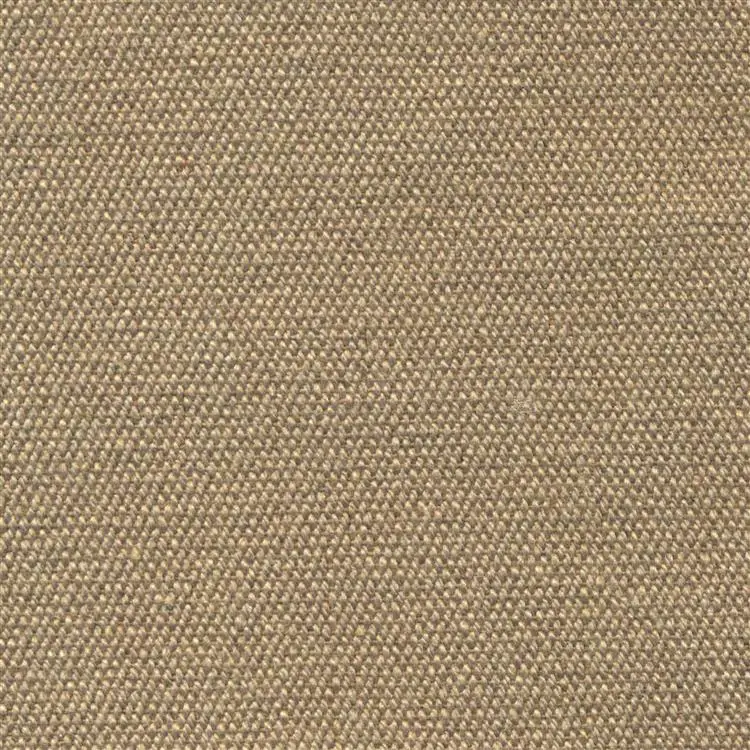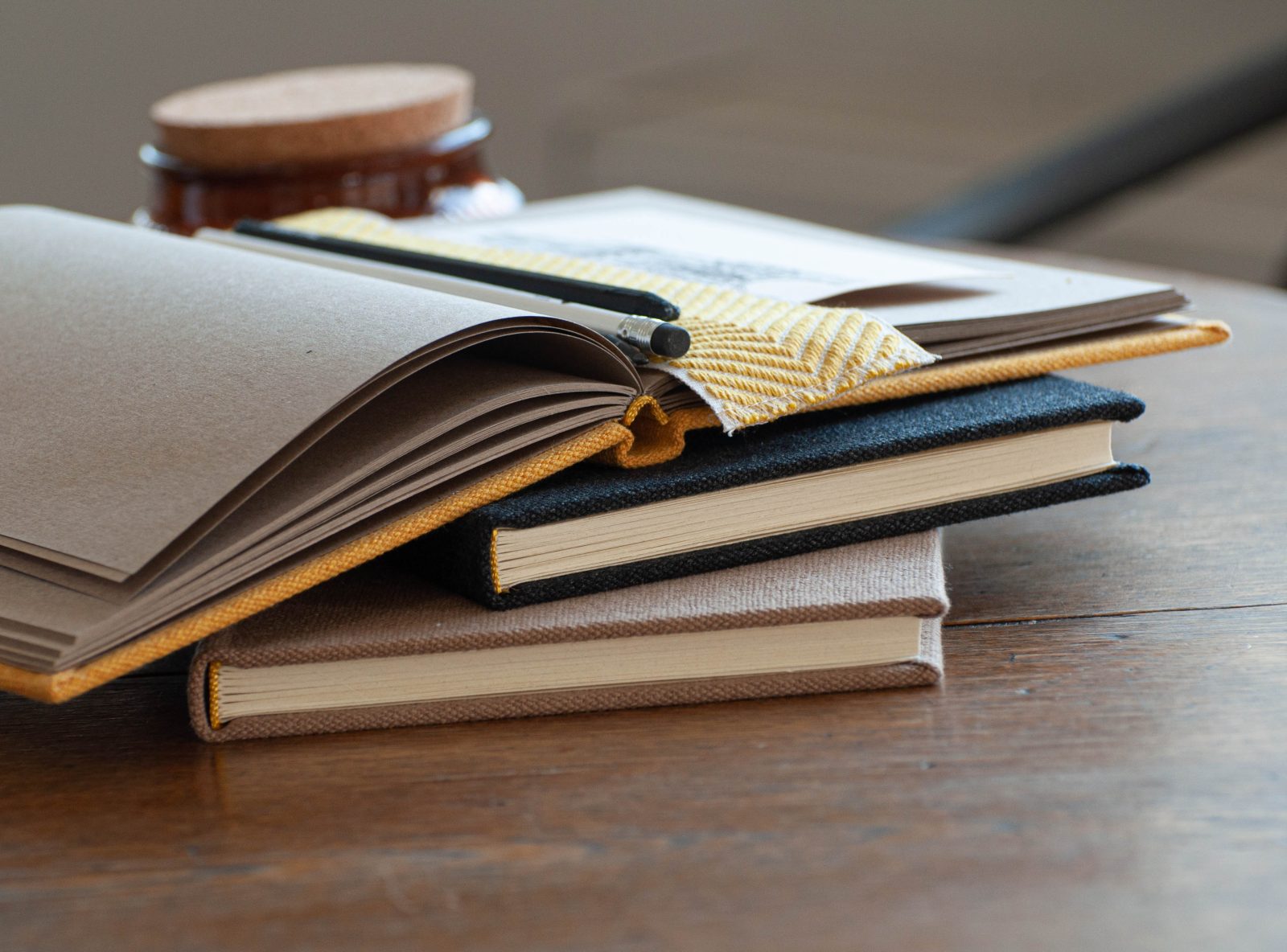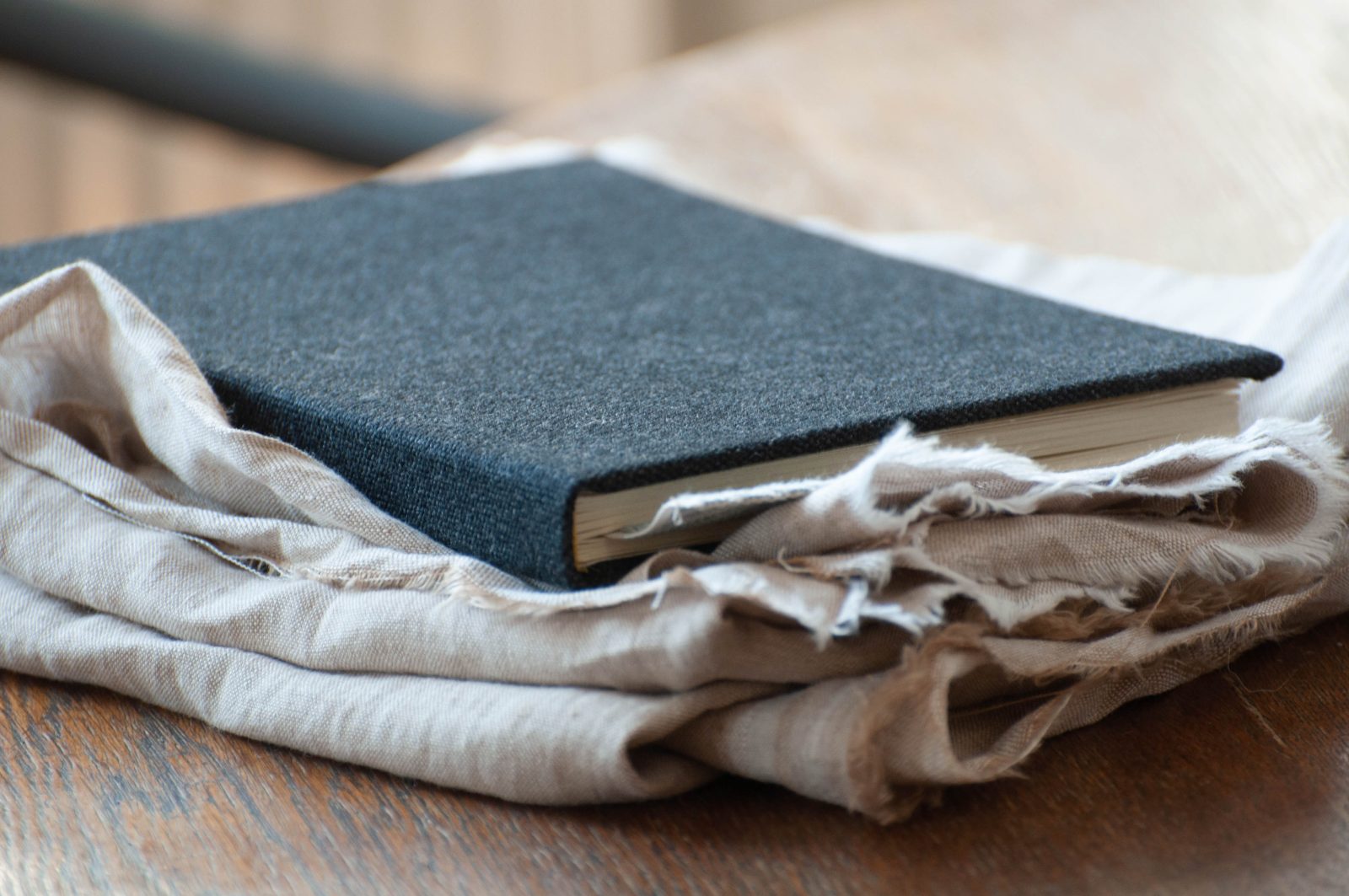

COMO
Despite being part of astronomical summer, September undoubtedly heralds the approaching autumn in Poland. It is also a harbinger of changes in the wardrobe and lifestyle of people who, returning from vacations, symbolically end the carefree summer period. They settle in the urban space and spend more and more time indoors, looking for comfort and cosiness.

It is certainly the time of the year when we again start to appreciate the textiles that provide thermal comfort and pamper our senses. We surround ourselves with blankets, sweaters, shawls and experience pleasant weaves and textures with undisguised joy. In this sense, autumn undoubtedly sharpens our senses.
September also marks the beginning of a school year. The latter signifies many good emotions connected with building and practising social relationships, but also stress resulting from being in a hurry, separation from parents, the need to be self-disciplined, etc
As adults, we try to eliminate this stress for our children using various methods. One of the most proven ones is equipping children with cuddly toys, which are nothing more than a textile phantom of closeness, a guarantee of cosiness, and a way to satisfy the need for a friendly touch. This is because fabrics in contact with the senses offer us a chance to calm down, relax and feel safe.
Nowadays, we are beginning to notice sensory deficits when experiencing daily activities in the environment filled with ubiquitous synthetic materials. We recognise the various sensations provided by organic materials, whose temperature, texture and colour harmonise much better with our senses.
More and more often, we choose wood instead of laminates, or wicker, cardboard and jute instead of plastic containers, wherever their use does not solely depend on practical reasons.
More and more often, we choose wood instead of laminates, or wicker, cardboard and jute instead of plastic containers, wherever their use does not solely depend on practical reasons.
Among these preferred and consciously selected materials, textiles certainly lead the way. They teach us mindfulness in the perception of the world through the senses, where besides sight touch is the most fundamental sense in terms of cognition. By interacting with fabrics, we learn to identify the colour temperature depending on the material, we sensitize our touch to various textures, we recognise our emotions resulting from the cosiness and sense of security guaranteed by our interaction with these fabrics. This is why textile accessories and haberdashery that we have frequent contact with on a daily basis are becoming increasingly popular on the market.

Wrapping school books and notebooks in pieces of fabric in your favourite colours seems to be a user-friendly and sensible habit. When touched every day, they provide numerous opportunities to focus on details, experience the texture of a warm surface, etc. A fabric bookmark, whose supple, embroidered material fits softly in the hand, helps to mark where we have stopped reading a book, while making the reading experience even more pleasant. Packing lunch in a fabric bag or bundle not only guarantees freshness of the sandwiches, but also helps children to develop a habit of celebrating each meal.